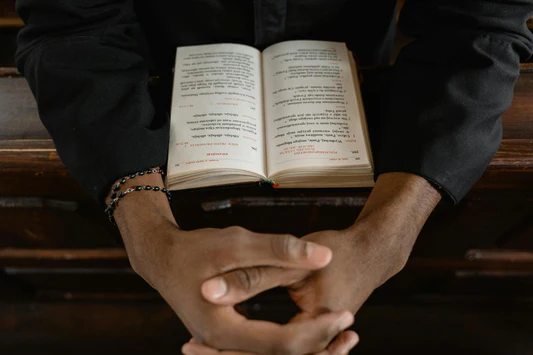Blog Posts

Mountain Wall Art for Modern Homes - Tailored Canvases
Discover how mountain wall art can transform your modern home. Explore stunning designs, placement tips, and the latest trends in nature-inspired decor.

The Art of Mountain-Themed Wall Decor
Discover the art of mountain-themed wall decor to elevate your interiors with stunning designs that reflect nature's beauty.

Crafting Mountain Wall Art Masterpieces
From rugged peaks to serene valleys, mountain wall art brings the majesty of nature into your home. Ready to transform your living space?

The Rise of Mountain-Inspired Home Decor
Discover the cozy charm of mountain-inspired decor and bring the serene beauty of alpine living into your home. From rustic elements to modern twists, explore the latest trends in mountain-style...

Peaks of Inspiration: Transforming Spaces with Mountain Wall Art
Discover how mountain wall art can transform your space, bringing nature's majesty indoors. Learn tips for choosing and styling stunning mountain-inspired decor.

Walls that Witness: The Impact of Christian Art in Personal and Communal Spaces
Discover how Christian art transforms personal and communal spaces, fostering faith and unity. Explore its profound impact on homes and communities.

Beyond the Cross: Innovative Approaches to Christian Wall Art Design
Discover innovative Christian wall art designs that blend faith with modern aesthetics, enhancing your home's spiritual ambiance.

Scripture in Style: The Rise of Contemporary Christian Wall Expressions
Discover how contemporary Christian wall art is transforming homes with stylish scripture expressions. Explore trendy designs and personalized options at Tailored Canvases.

Canvas of Faith: Exploring the Diversity in Modern Christian Wall Decor
Discover the beauty of modern Christian wall decor with Tailored Canvases. Explore diverse styles that blend faith and art to transform your home into a sanctuary of inspiration.
